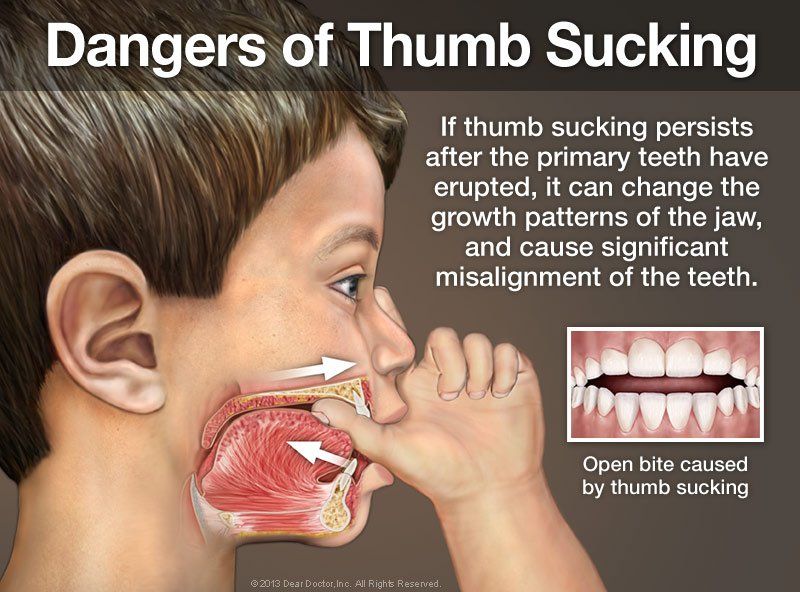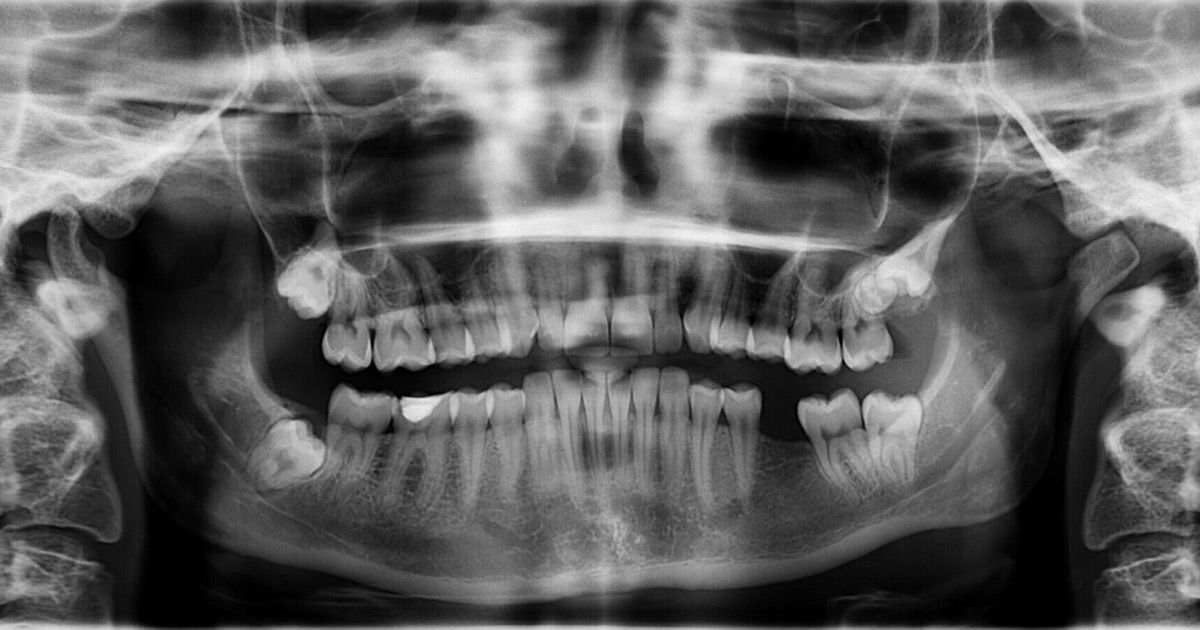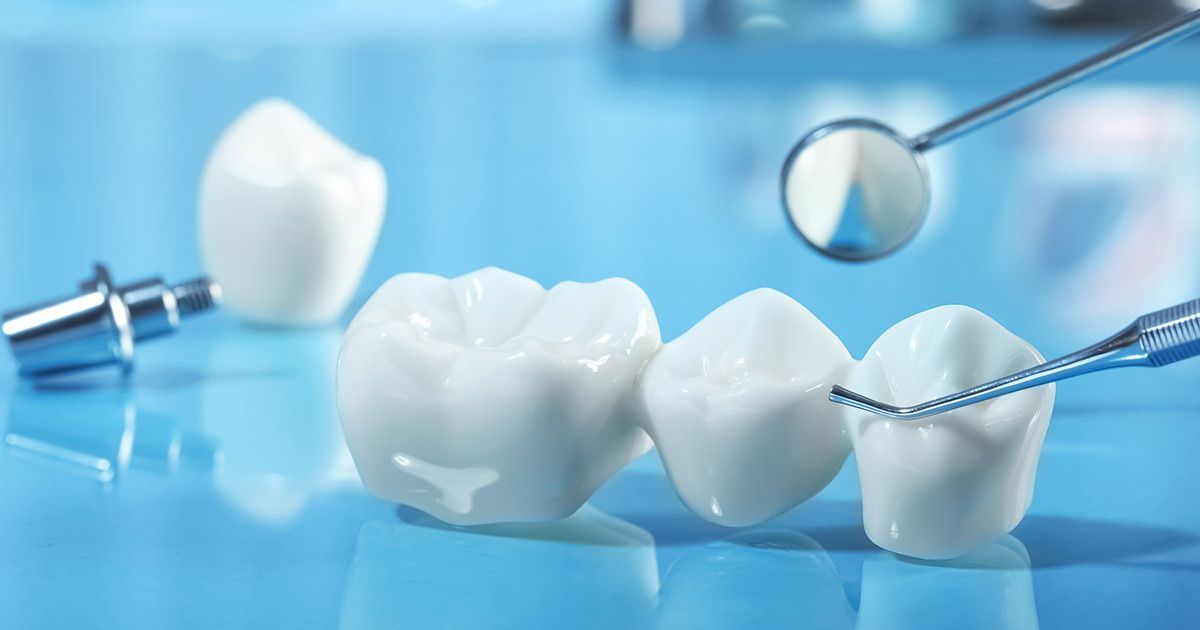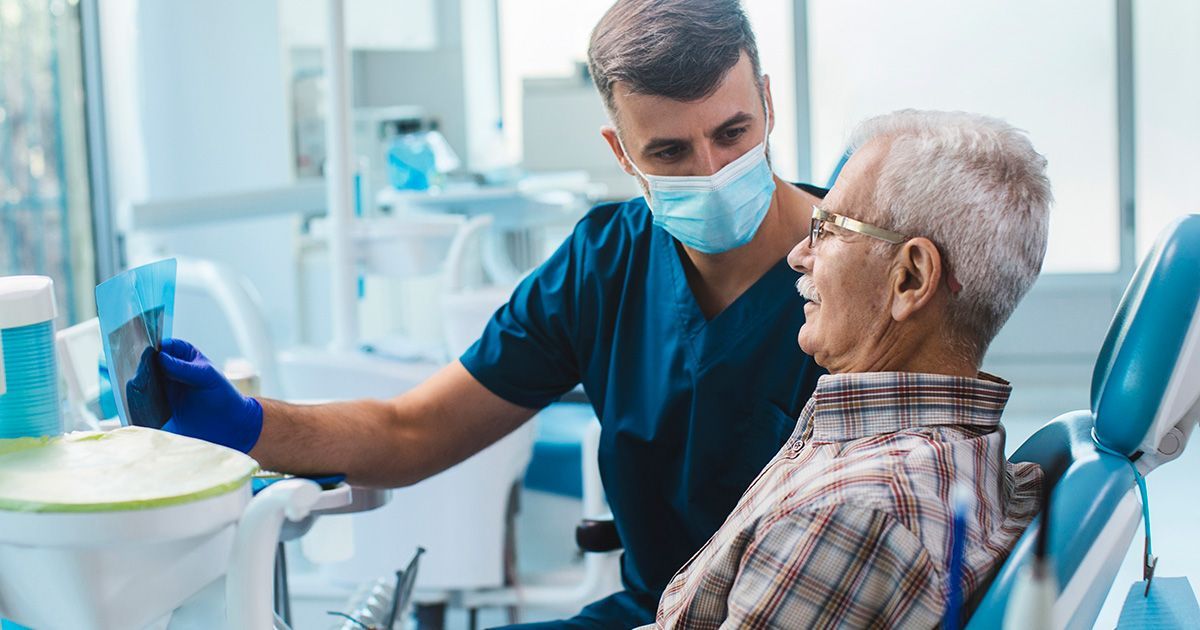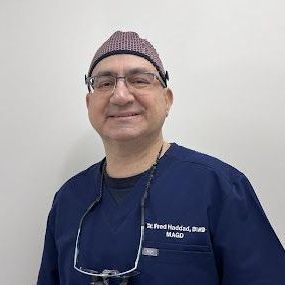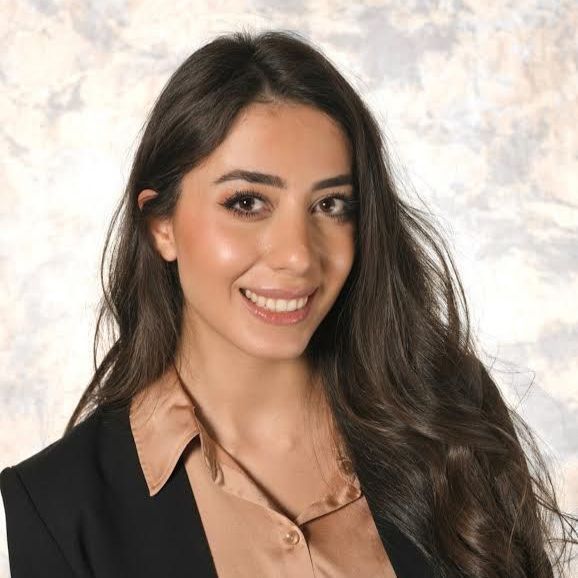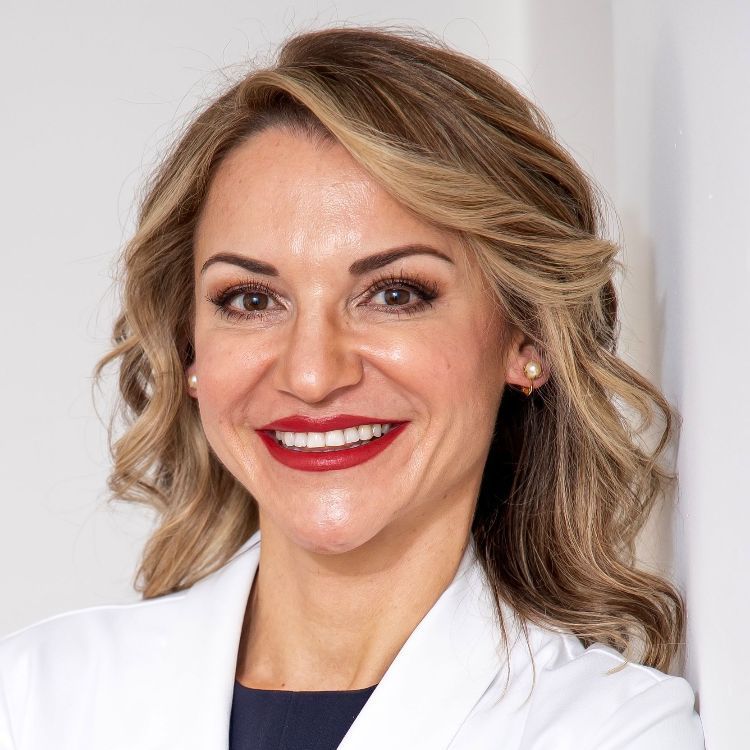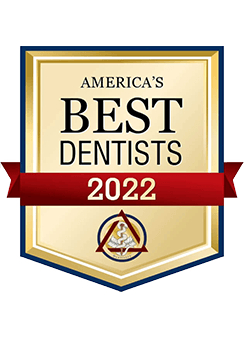You probably know that it's never too late to begin orthodontic treatment — but when it comes to your youngster's teeth, did you know that earlier may be better than later? According to the American Association of Orthodontists, kids should have an initial orthodontic screening at age 7. What makes early evaluation — and potentially, early treatment — so important?
There are several ways that kids can benefit from an orthodontic evaluation at an early age. But it's important to recognize that early evaluation isn't necessarily followed by early treatment; in most cases, if orthodontic work is needed, your child's growth patterns are simply monitored until it's time for treatment to begin. This creates an opportunity to get the best results in the most efficient way, and to help prevent future problems.
Although every child's development is different, in most kids the first adult molars have typically started to emerge by around age six. At this point it is possible to evaluate the basic alignment of the teeth, from front to back and side to side. It may also be possible at this point to determine whether there is adequate room in the mouth for all of the permanent teeth — and, if not, to take action.

